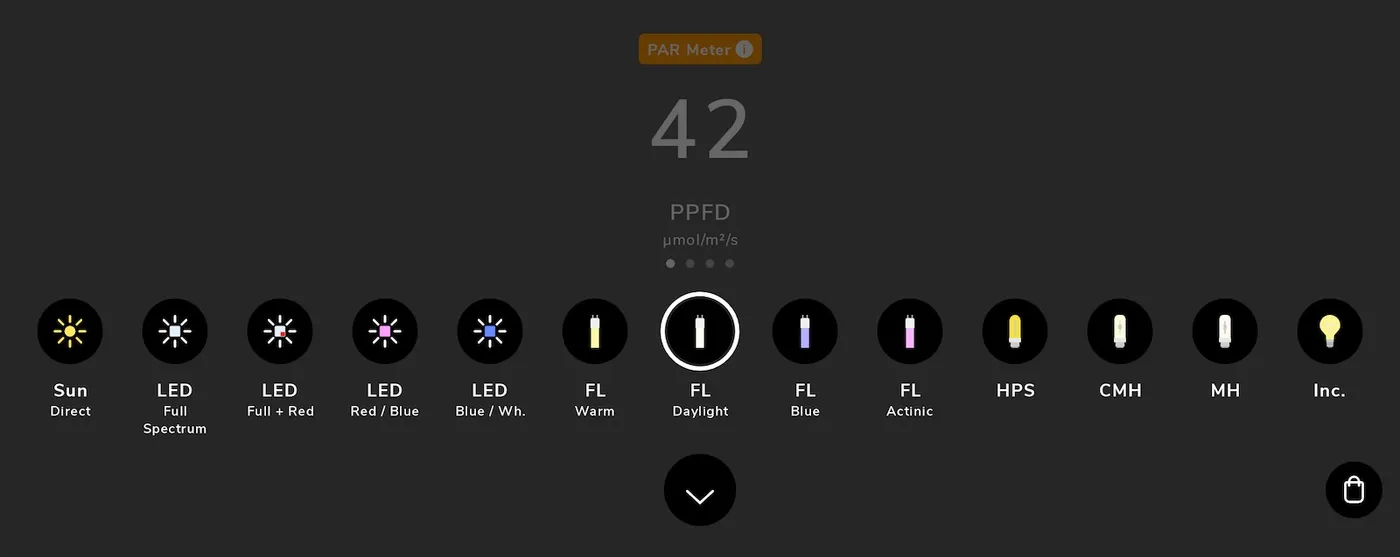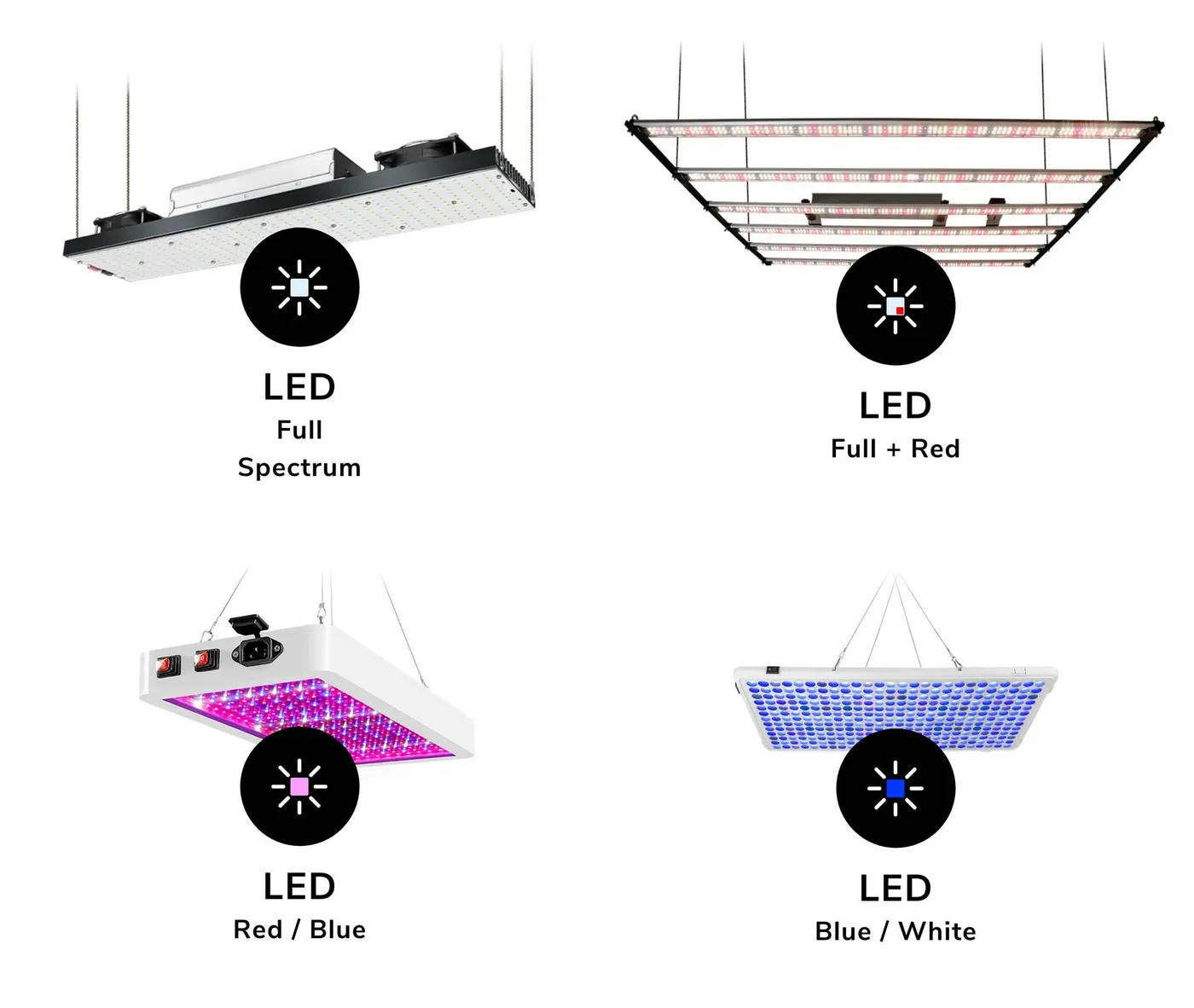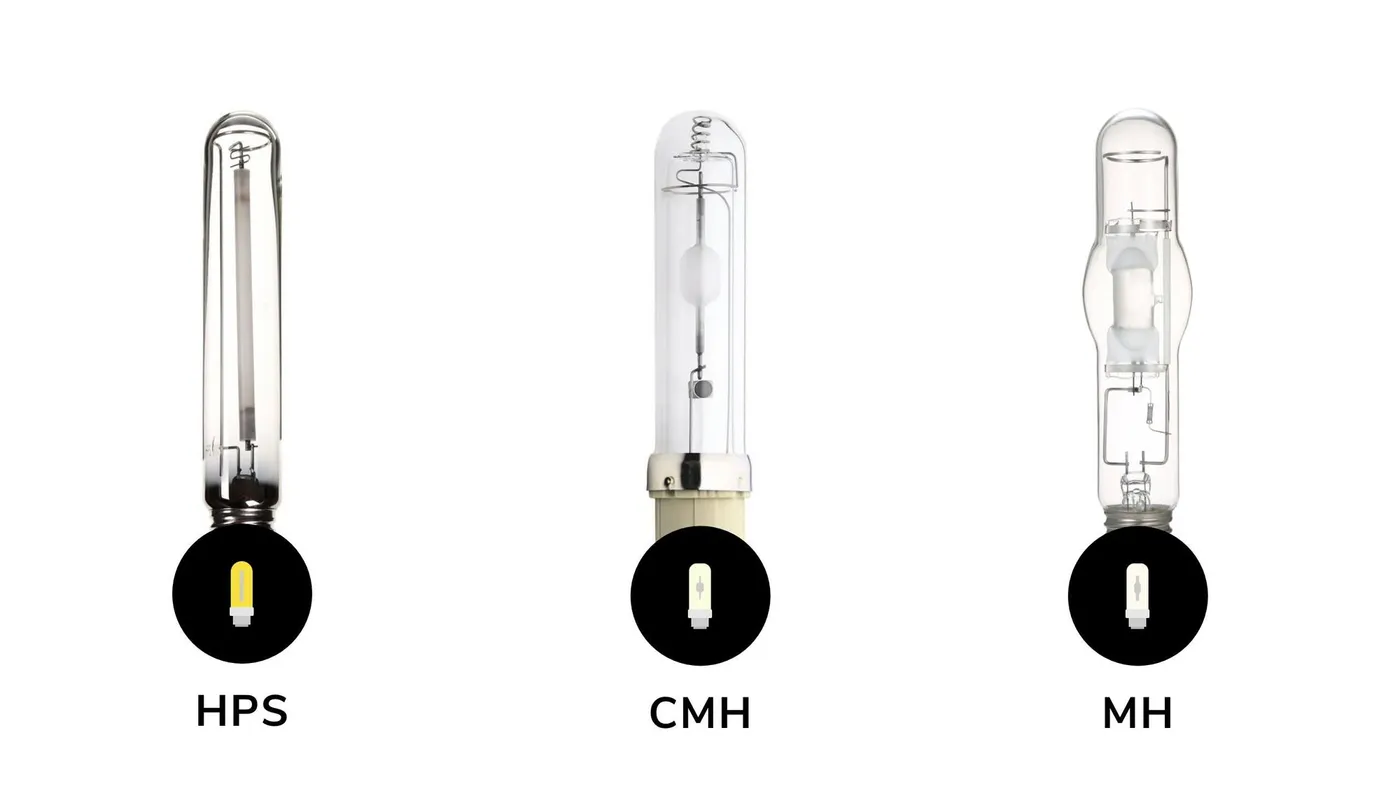
Auto-Translate
Choosing The Correct Light Source Setting
Learn which setting to choose to get accurate light intensity measurements (e.g. PPFD, lux)

Photone requires you to select the light source when measuring light intensity. This allows the measurement algorithm to correct the spectral error and thus produce accurate results. This guide helps you picking the right setting depending on what kind of light you’re measuring.
Natural Daylight / Sunlight
The sun is the most powerful (and cheapest) light source available on earth. You might know that the sun’s light (i.e. its spectrum) will change during the day. The light is colder (i.e. more bluish) during the day and warmer (i.e. more reddish) towards sunrise and sunset. You might also know that windows block UV light and thus sunlight is different indoors compared to outdoors. However, these variations have a negligible effect on the measurement result.
Choose the “Sun Direct” setting whenever you're measuring natural sunlight.
LED Grow Lights
LEDs are the most popular and energy-efficient choice when it comes to artificial lighting for any kind of farming. Photone separates between four different kinds of LEDs.

Choose “LED Full Spectrum” if your LEDs are white or yellowish. This covers all full spectrum LEDs reaching from warm white (e.g. 3000 K) up to cool white (e.g. 6500 K).
Choose “LED Full Spectrum + Red” if your full spectrum LEDs contain some additional red (e.g. 660 nm) LEDs. This is common for high efficiency grow lights.
Choose “LED Red / Blue” if your grow light contains mainly red and blue LEDs. The emitted light will look purple.
Choose “LED Blue / White” if your grow light has many blue LEDs among the whites. These kinds of grow lights are mostly used for aquariums.
Fluorescent (FL) and Compact Fluorescent Lamps (CFL)
Fluorescent lamps come in two forms: either in fluorescent tubes with sockets like T5, T8, T12 etc. or as compact fluorescent lamps (CFL) with sockets like E27, E40, etc. What shape or socket your lamp has doesn’t matter. However, what’s important for choosing the right setting is its emitting spectrum.
Choose “FL Warm” if your lamp emits a warm, yellowish light (e.g. around 3000K).
Choose “FL Daylight” if your lamp emits a cold, white light (e.g. around 6500K).
Choose “FL Blue” if your lamp emits a bluish light (e.g. around 10000K or more).
Choose “FL Actinic” if your lamp emits a purple light and is labeled as “actinic”.
High Intensity Discharge (HID) Lamps
The most common HID lamps used for grow lighting are High Pressure Sodium (HPS), Metal Halide (MH) or Ceramic Metal Halide (CMH) lamps. They come with two different types of connectors: either a standard light bulb socket (e.g. E40) or a double ended connector. The connector type is irrelevant for the light source setting selection. MH and CMH lamps come in different color temperatures (e.g. 3000K, 3100K). Just like the connector type, this is irrelevant when picking the right setting. What’s important is the type of HID lamp you’re using.

Choose “HPS” if you have a High Pressure Sodium (HPS) lamp.
Choose “CMH” if you have a Ceramic Metal Halide (CMH) lamp.
Choose “MH” if you have a Metal Halide (MH) lamp.
Incandescent Lamps
Incandescent lamps come in several varieties, including standard bulbs which were one ubiquitous for home lighting, halogen lamps, and special types like krypton/xenon each with slight variations in efficiency, lifespan, and light quality. These lamps can be recognized by their characteristic warm glow and high heat output, the latter making them less efficient and thus not recommended for grow lighting.
Still they’re used in various applications such as stage lighting, heat lamps, vintage-style decorative lighting, cars and home appliances. Despite their differences, all incandescent lamps operate on the same basic principle of heating a filament in a gas filled bulb to produce light.
Choose “Inc.” for any kind of incandescent lamp.
Measuring Multiple Different Light Sources
If you wish to measure the combined light intensity of multiple light sources of a different type, measure each light source type individually using the corresponding setting. Then sum up the measurements to get the resulting total light intensity.
Didn’t Find What You Were Looking For?
Feel free to contact our support if you didn't find the correct light setting for your specific grow light and are still unsure which light to choose.
